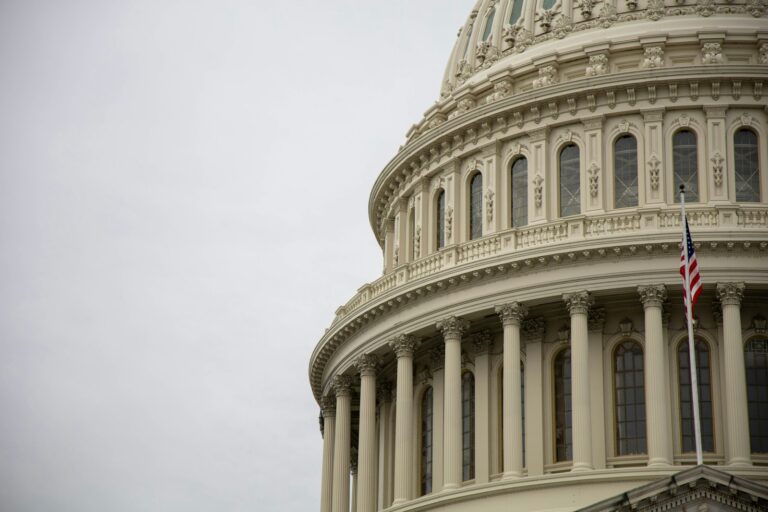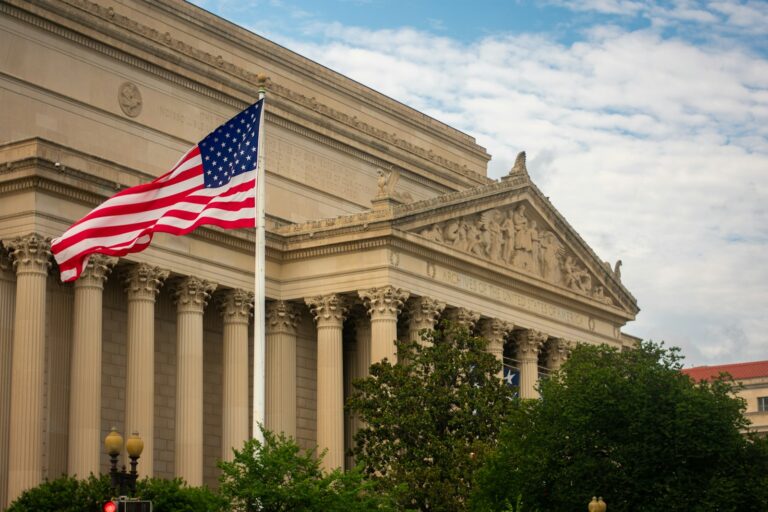Key Takeaways
– Former senator Scott Brown attacked Chuck Schumer’s leadership
– Brown launched a new bid for New Hampshire Senate
– He accused Schumer of avoiding tough stands and ignoring Israel
– A research director called Brown’s claim false and anti semitic
– New Hampshire will have an open Senate race in 2026
Introduction
Scott Brown returned to the national stage with a sharp speech. He spoke at a campaign event in New Hampshire. His aim is to win the Republican nomination for the open Senate seat there. In that speech he targeted Senate Minority Leader Chuck Schumer. He did so with harsh language that drew swift reaction. A research group called his remarks both wrong and harmful. The episode shows how intense the 2026 fight may become.
Brown Launches New Hampshire Campaign
Scott Brown first served in the US Senate as a Republican from Massachusetts. He lost re election in 2010 and then ran in New Hampshire in 2014. He did not win that primary either. He later became an ambassador under President Trump. Now he wants another chance at the Senate. He announced his run for the open New Hampshire seat. His entrance closed the field at least for now. Other Republicans are also considering a bid. However Brown’s national name recognition gives him an early edge.
Harsh Words for the Minority Leader
In a recent speech Brown gutted Schumer’s record. He called Schumer’s leadership a mirage or lack thereof. He said Schumer will not take a stand on anything. He added that all Schumer does is shake his fist and complain. He blamed Schumer for worrying about young lawmakers like Alexandria Ocasio Cortez. He then claimed Schumer fails to support Israel. Brown said if Schumer can’t defend his own family’s country of origin then he has lost his fastball.
Reaction from American Bridge
Danny Abbas leads research for a major Democratic group. He flagged Brown’s speech on social media. Abbas wrote that Brown went full anti semite with his remarks. He said Brown’s claim that Schumer’s family comes from Israel is false. Abbas pointed out that Schumer was born in Brooklyn. In fact Schumer’s ancestors came from western Ukraine. Abbas argued that Brown twisted facts and hurt Jewish Americans.
Schumer’s Background and Reality
Chuck Schumer grew up in Brooklyn near two subway lines. He earned his law degree and won his first House race in 1980. He rose through the ranks to become the Senate Democratic leader. His grandparents left Europe several generations ago. They settled in New York long before World War Two. Yet Brown insisted otherwise in his speech. That choice showed how heated the political war has become. Meanwhile many voters fact check speeches online. They can spot inaccuracies within minutes.
Why Brown Chose This Attack
Brown needed a bold move to draw attention. New Hampshire voters know little of him outside political circles. By targeting a top Democrat he scored national headlines. His plan may help in the GOP primary. He hopes to rally conservatives who view Schumer as a liberal icon. However such attacks carry risk. They can alienate moderate Republicans or independent voters. Brown will need to balance his tone as November 2026 nears.
What Voters in New Hampshire Face
New Hampshire will hold its primaries early in 2026. Republicans will choose a nominee to replace a retiring Democrat. Incumbent Senator Jeanne Shaheen announced she will not run again. Democrats likely back Representative Chris Pappas. He won re election easily and has strong fundraising. Yet New Hampshire can swing either way in tough years. In 2014 Republicans won the Senate seat there. In 2018 Democrats took the governorship. The state’s voters are known for independence and ticket splitting.
The Republican Primary Field
Alongside Brown a few other Republicans may run. Former state officials and business leaders have hinted at bids. They hope to tap into frustration over the economy and immigration. Brown’s experience in Washington may give him an edge. He also has strong ties to national donors. Yet newcomers can attract grassroots support. If Brown’s speech backfires, rivals could exploit that misstep. Either way the primary may become a test of Republican ideology in the state.
Democrats Prepare Their Defense
Democrats see an opening with Shaheen’s retirement. They plan to unify behind Pappas soon after the primary. They will highlight his record on local issues. They will also paint any Republican as too extreme for New Hampshire. Brown’s attack on Schumer may help their message. They can tie Brown to national controversies. In addition they can remind voters Brown lost statewide races before. That history may sway those who seek fresh faces.
Impact on Jewish Voters
New Hampshire is home to a small but engaged Jewish community. They watch national debates closely. Brown’s claim about Schumer may feel offensive to them. Jewish voters tend to back Democrats at the national level. However they also value candidates who show respect. If Brown’s words offend too many, he may lose key support. Yet if he apologizes, he risks looking weak to hardliners. His team will need to manage that balance carefully.
Transition Words and Voter Perception
As a result of Brown’s speech, social media lit up quickly. Many journalists and fact checkers highlighted the error. Moreover news outlets ran stories on both the attack and the pushback. Consequently Brown’s campaign may ride a wave of visibility. However he must convert that buzz into votes. If he stays on message about local issues, he could win over voters. Otherwise the focus may stay stuck on the Schumer exchange.
The Role of National Politics
Meanwhile the 2024 presidential cycle will shape the 2026 Senate map. If Republicans win the White House, Brown can argue for loyalty to the new leader. If Democrats hold the White House, he can run against gridlock in Washington. Either way Brown’s pitch on national security and Israel will matter. He hopes to show he can defend US allies abroad. However he must do so without spreading false claims. That will test his campaign team’s messaging skills.
How Brown Can Recover
Despite the backlash Brown can still pivot. He could clarify his point about Israel. He could praise Schumer for his past work on foreign affairs. He could also focus on local concerns like taxes and housing. By doing so he can shift the debate back to New Hampshire. He may also meet with community leaders and make amends. If he shows humility, many voters may forgive him. Yet time is short before primary voters cast ballots.
Lessons from Past Races
Brown knows how hard New Hampshire politics can be. His 2014 run taught him the value of retail campaigning. He travelled dozens of towns and met thousands of voters. He spent hours in diners talking about local roads and schools. That grass roots style won him fans then. He can tap that approach again to repair any damage. After all New Hampshire voters prize face time over fancy speeches.
Looking Ahead to 2026
The open seat race will test both parties’ strengths in the Granite State. Brown’s challenge to Schumer shows how national and local politics collide. Both sides will watch every public comment. They will study polls in real time. They will target likely voters through emails and door knocking. In the end, the candidate who best blends strong views with solid facts will hold the advantage.
Conclusion
Scott Brown’s sharp criticism of Chuck Schumer marks his entry into the New Hampshire Senate fight. He hopes the bold move will boost his profile among Republican voters. However the false claim about Schumer’s origins drew swift condemnation. Now Brown must decide whether to dig in or adjust his strategy. Meanwhile Democrats prepare to rally around their chosen candidate. With the primary just months away, both sides will ramp up their efforts. New Hampshire voters can expect a fierce contest that blends local issues and national rivalries. In the end, they will choose who best represents their values and vision for the Senate.










